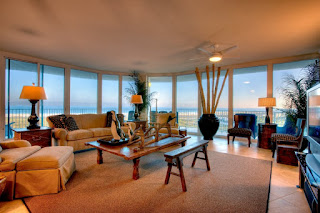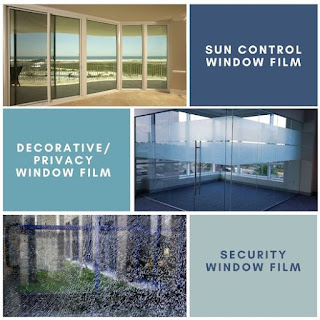Types of Residential Window Tinting and Their Pros & Cons
Windows are an integral part of any residential and commercial
building. Adding aesthetic to the inner view of your home, also windows are the
extension to outer view and energy resource. But, at the same windows becomes
the major reason for exposing your privacy and destroying paints on ceilings
due to excessive exposure of sun rays. Were you aware of this? So, in this
post, we have covered the ultimate solution for this problem and ways to keep
your home protected and safe. We are talking about residential window tinting and its different types that can serve various other
purposes.
Window tinting in simple terms is a process in which glass windows are covered with additional layers of film. These films, despite being thin in nature provide extra support to your window glasses. The residential window tinting is available in different designs and features that can be put to various use. Some of its types are mentioned below with their features, to help you in choosing the best.
Frosted Privacy Window Film - As the name suggests these films
provide a frosty appearance. Ideal for your bathroom and kitchen that makes the
visibility almost to zero. Frosted window films work as an opaque object that
blocks the lights from penetrating in or going out. It can be etched into or
computer cut for an extra design effect.
Decorative Film Window Tint - Now the decorative film for the window can be used either to make the surrounding appear beautiful or to send a message. A computerized film is applied to the glass that lasts for a very long period. Whether you want to show your creativity or create awareness these are your safest bet. These too, have similar features like frosted privacy film.
Anti-graffiti Tint - Last but not least, these are applied to retail windows or other glass surfaces. Ideal for sale counters and public toilet mirrors. If you want to protect your glasses from paints, markings, and scratches, then anti-graffiti tint is exactly what you are looking for. These can increase the shelf life of your glass from 5 to 10 to 15 years.





Comments
Post a Comment